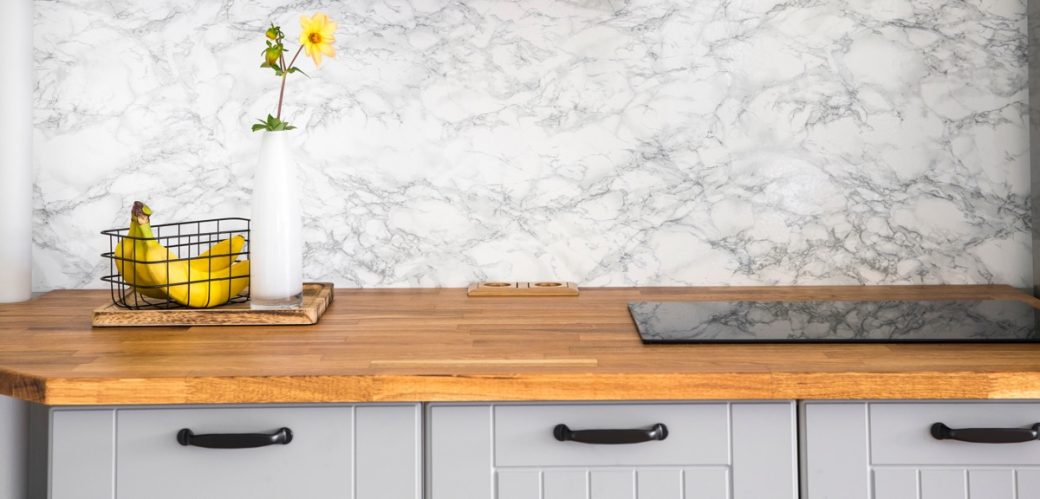A plumber is a professional who repairs the pipes, tanks, fixtures, fittings, and pumps that allow water and gas to flow throughout residential and commercial structures. They can also diagnose and repair problems involving toilets, tubs, sinks, drains, and garbage disposals. They may work on small projects like repairing faucets and installing water heaters, or large ones such as repiping and sewer line repair. Plumbing professionals are trained to spot problems and address them before they worsen.
A plumbing leak can cause severe property plumbers in OKC damage, so it’s important to find and hire a qualified plumber as soon as possible. When evaluating potential plumbers, check their credentials to ensure they have the proper licensing and insurance coverage. They should also be able to provide references from previous clients. Some plumbers specialize in specific types of plumbing repair, so it’s essential to choose one that has experience with your type of problem.
If you notice a water leak, turn off the main water supply and locate the source of the problem. Then, shut off the electricity in that area for safety and contact a plumber. They will evaluate your home’s plumbing, fix any damaged or leaking parts, and restore the system to working order.
Leaks and clogs are common household issues, but they should be addressed immediately to avoid expensive damages. A licensed plumber will detect and repair any leaks, including those that are difficult to locate. They can also clear away blockages to prevent future clogs.
A plumber’s services typically include repiping, water heater installation, drain cleaning, and video pipe inspections. They can also replace and repair faucets, toilets, and shower heads. In addition, they can install backwater valves and garbage disposals, as well as test and adjust gas lines.
This company serves commercial and residential properties in the Oklahoma City area, providing emergency plumbing solutions. Its plumbers are trained to identify and correct a wide range of plumbing issues, including clogged drains, water leaks, and sewer line repairs. The company also offers routine inspections to reduce the risk of unexpected plumbing problems. Its technicians are equipped with the latest tools and equipment to handle any plumbing task.

